Tsuba of Cast Iron
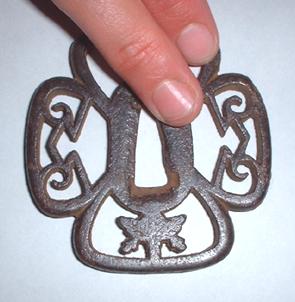
66mm x 69mm x 6mm
This tsuba has a good face, but it is a casting copy from a good Owari
tsuba. Be careful, cast iron is very brittle. Never put on the blade. It
is only for display.
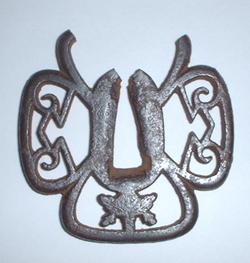

Please study the cut out surface carefully. A trace of the seam by casting
work is left.
One more example of cast iron tsuba.
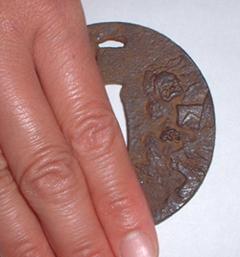
When I found these two tsubas in a junk box at antique shop, they were
already broken pieces. Then, I thought they could be good examples of cast
iron tsuba, and bought them.
Now I picked up one of them to show you the test of its brittleness. It
was easily broken like a chocolate with plastic hammer.
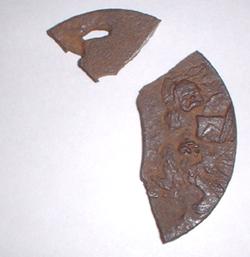
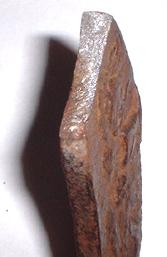
Another example of cast iron tsuba. One of the flower is broken off.
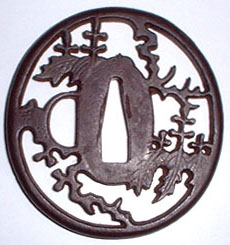
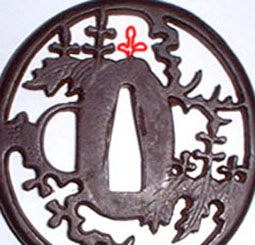
I think it is important to separate Iron tsuba into two kinds that Steel
tsuba and Cast Iron tsuba.
Tsuba of Cast Iron
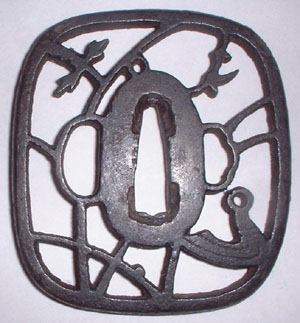
68mm x 62mm x 5.6mm
Sometimes cast iron tsuba seems a little small somehow. It may come from
the shrinking of casting work. This piece may be a copy from a tsuba of
Akasaka school or so, but the seppadai and kozuka/kogai holes are smaller
than normal size.
When the seam mark was filed off, it is a little difficult to figure out
the trick of cast iron tsuba.
By careful study, you may find that the rust condition is a little strange
to steel and the cut out surface seems a little dull.
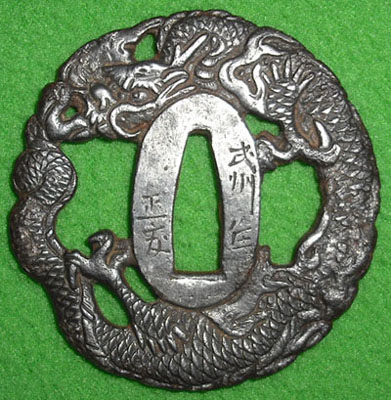
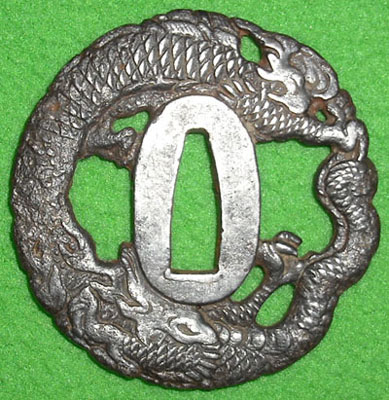
(=> Episodes by Kokaji, cast iron tsuba)
They look made in 18th century or 19th century. We have never seen cast
iron tsuba from the Koto period (16th century or older)
Home > Information, Sword guard > Tsuba of cast iron




